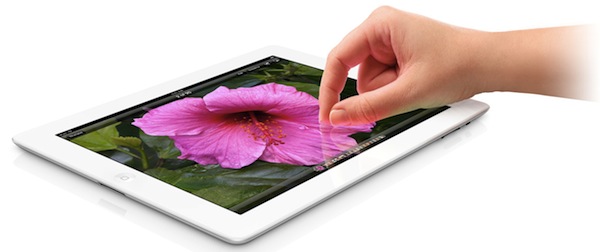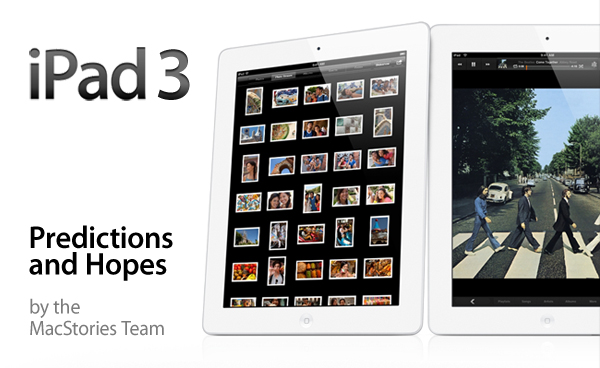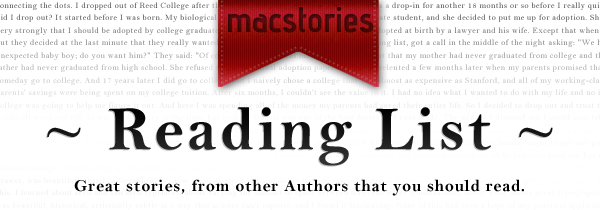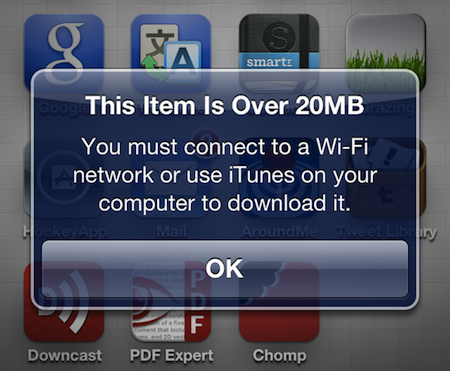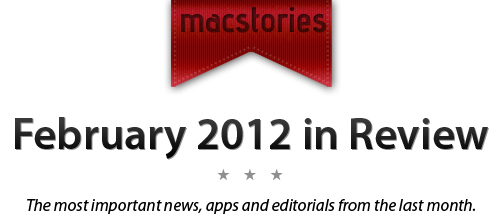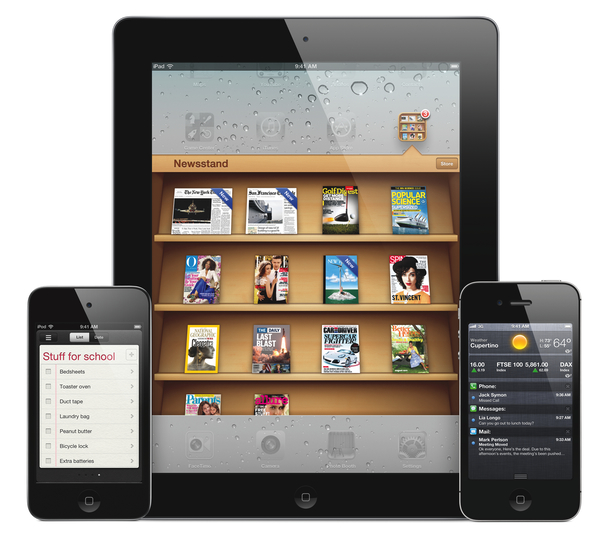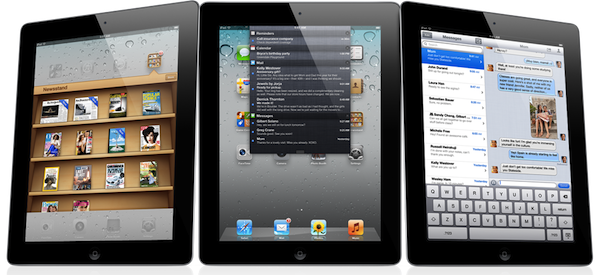Over the past three years, some people have told me they don’t like the way I write software reviews. That I should just tell them whether ”they should buy the damn thing or not”. While I understand their point, with MacStories’ third anniversary quickly approaching I thought it would be appropriate to explain why I don’t do that.
An app is never ”just an app”. There are people behind the bits and buttons we use and touch every day. I have written about this before. When I am reviewing an app, I have to be honest to my reader and provide a careful and insightful analysis of the various features while taking into considerations other factors such as price, usability, and appearance. But at the same time, my writer’s instinct tells me that there’s more than just a checklist of features to mention. I want to tell *that* story.
There are a lot of sites that decide to focus their software reviews on enumerating features. That’s fine. Sometimes I believe, too, that simply telling our readers ”what’s new” in a specific piece of software is the only way we can cover a subject – otherwise we’d have to provide a disservice to our readers, by not covering it. This is especially true with software updates. And flashlight apps like Flashbot.
At MacStories, we carefully pick the things we want to talk about. We have been guilty of stupid rumors and speculation in the past, and we have learned a precious and invaluable lesson from that behavior: trust is important. Guess what, it’s about people again. You can only put so much of your soul on the Internet, and it can easily get lost somewhere along the line of rumors and linkbait. You’ll spread yourself too thin. You won’t tell a story. Some people excel at news reporting – which is an art by itself. Others, unfortunately, do it because they have to do it.
When I review an app, I want to find the story that needs to be told. I don’t want to be different just for the sake of originality – I genuinely believe that we’re witnessing a revolution of our digital era, and I don’t want to live it writing lists and inflammatory blog posts to drive our page views.
I want to tell this revolution. Or at least find a sweet spot where I, and my team, can contribute to providing a perspective that can make people think. Not just click.
Sometimes you’ll find an app that I love, while you think it’s terrible. That is fine, too. There’s no such thing as objectivity when you are reviewing something and expressing your opinions. There’s only honesty. Honesty and personality conflate in a number of ways, and when I write a review, my goal is to make sure the result is a balanced mix of facts, taste, and opinion. I try to tell the *why* and the *how* that are the sinew of my appreciation for fine software. Hopefully disagreements and constructive criticism will lead to a richer, variegate archive of software reviews in the future.
I have wondered if it was easier when our audience was in the order of hundreds, not millions. I ended up concluding that good traffic, besides allowing us to run this site, makes it all more exciting. It means we get to pick what we want to talk about, write it the way we want, and enjoy an intelligent discussion with more people because of it. And it’s getting better every day.
Perhaps we should just tell you whether you have to buy the damn thing or not. But that would take all the fun out of it.
That’s why we write what we write: because innovation never ceases to amaze us – and that’s a story worth telling.



